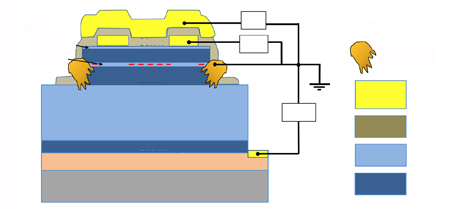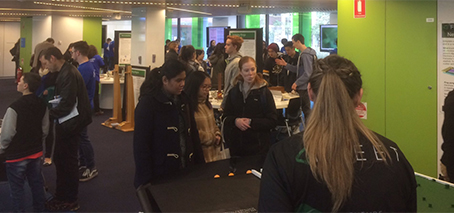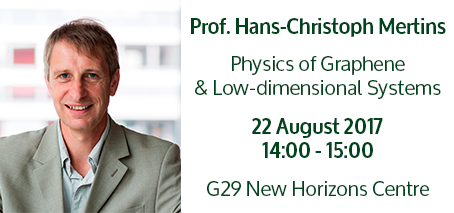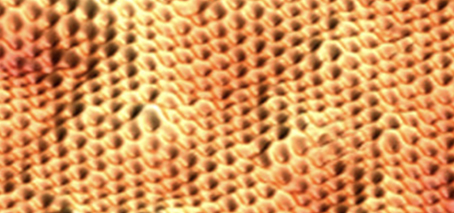Research in Exciton Superfluids
FLEET researchers undertake various research projects in the area of Exciton Superfluids. If you have a project that would fit this theme, find information about a potential supervisor here: A/PROF. MEERA PARISH Theory of strongly correlated phenomena in ultracold atomic gases and electron systems Superconductivity and superfluidity Lowdimensional systems Magnetotransport A/PROF. QIAOLIANG BAO Atomically thin optical materials (graphene, 2D transition …
Research in Topological Materials
FLEET researchers undertake various research projects in the area of Topological Materials. If you have a project that would fit this theme, find information about a potential supervisor here: PROF. MICHAEL FUHRER Experiments on electronic devices made from novel two-dimensional materials such as graphene, layered transition metal dichalcogenides, topological insulators. Scanning tunnelling microscopy. Surface science A/PROF. NIKHIL MEDHEKAR Computational mechanics …
Current-carrying holes confined to one-dimension show unique spin in UNSW study
UNSW researchers solve a 10-year-old mystery in the way nanoscale transistors work. Half of all the transistors in your iPhone use positively-charged ‘holes’, rather than negatively-charged electrons to operate. At university, we teach undergraduates that holes are quasiparticles, basically ‘missing electrons’ – a bit like the bubble in a spirit level, or the missing chair in a game of musical …
RMIT: Spin transport and spin transfer torque in heterostructures of two-dimensional materials
Supervisor: A/Prof. Lan Wang 2D materials: Dimensionality plays a crucial role in determining the fundamental properties of materials, which has already been strikingly high-lighted by the discovery of graphene [1]. Graphene has many attractive properties for electronics and spintronics, such as gate-tunable carrier concentration, exceptional high electric mobility (> 105 cm2V-1s-1 at room temperature) and long spin-diffusion length. Other novel …
PhD Application Information – UNSW
Application Apply by 2 February. Eligibility Before you can apply for your research higher degree program, it is critical that you determine whether you are eligible for admission. To determine your eligibility, you must use the UNSW HDR Self-Assessment Tool. The Self-Assessment Tool provides you with an indication of your eligibility for admission to the UNSW research higher degree programs, …
PhD Application Information – Monash
The minimum qualifications for admission to PhD Science candidature are: a bachelor’s degree requiring at least four years of full-time study in a relevant field, and which normally includes a research component in the fourth year, leading to an honours 1 or 2A in a relevant field; a course leading to a level rated by the relevant department, faculty and …
Monash Open Day introduces FLEET to students and public
Monash University’s recent open day provided a great opportunity to explain FLEET to a large audience. The FLEET zone in the School of Physics and Astronomy area allowed for hands-on demonstrations, while lab tours provided a closer look at the research and FLEET director Michael Fuhrer presented a talk on the big picture challenges of energy use in global computing. …
Research Seminar: Hans-Christoph Mertins
Magneto-Optical Polarisation Spectroscopy with Synchrotron Radiation on Graphene Seminar flyer can be downloaded here. All welcome. Abstract: Polarisation spectroscopy with synchrotron radiation is a powerful tool for both, the investigation of structural and magnetic order in bulk material and two-dimensional systems. After giving an experimental review on polarisation detectors for synchrotron radiation the application to non-magnetic as well as to …
Band alignment at semiconductor junction looking good for low-resistance contacts
The future of ultra-low resistance semiconductor junctions in novel low-energy electronics is looking good after a recent study took a very close look at band alignment. FLEET is using two-dimensional materials in the search for new electronics devices that will carry electrical current without losing the significant energy dissipated in current, silicon technology. The new electronic devices developed at FLEET …









